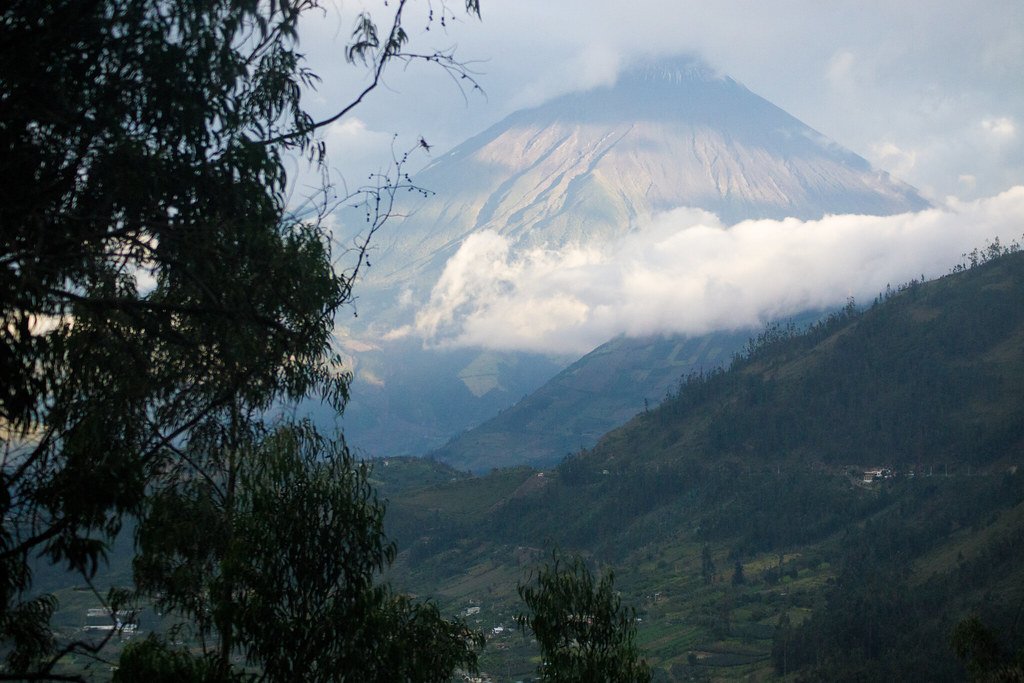In the vast desert expanses of Egypt, nestled in the West of the Nile, lies a remarkable site that tells a story of transformation spanning millions of years. Known as Wadi Al-Hitan, or the Valley of the Whales, this UNESCO World Heritage Site captures a pivotal chapter in Earth’s evolutionary history. Here, fossils of ancient whales are preserved in remarkable detail, offering a window into a world where the now-arid desert was once a flourishing ocean.
Geological Background of Wadi Al-Hitan

The Valley of the Whales is located in the Western Desert region of Egypt, approximately 150 kilometers southwest of Cairo. This area forms part of the Fayoum Depression, a site that was submerged under a vast sea around 40 to 50 million years ago during the Eocene Epoch. Today, this barren desert landscape, with its rolling sand dunes and eroded limestone formations, surprisingly houses one of the richest fossil deposits indicative of early whale evolution.
Whales in the Desert: A Paradox
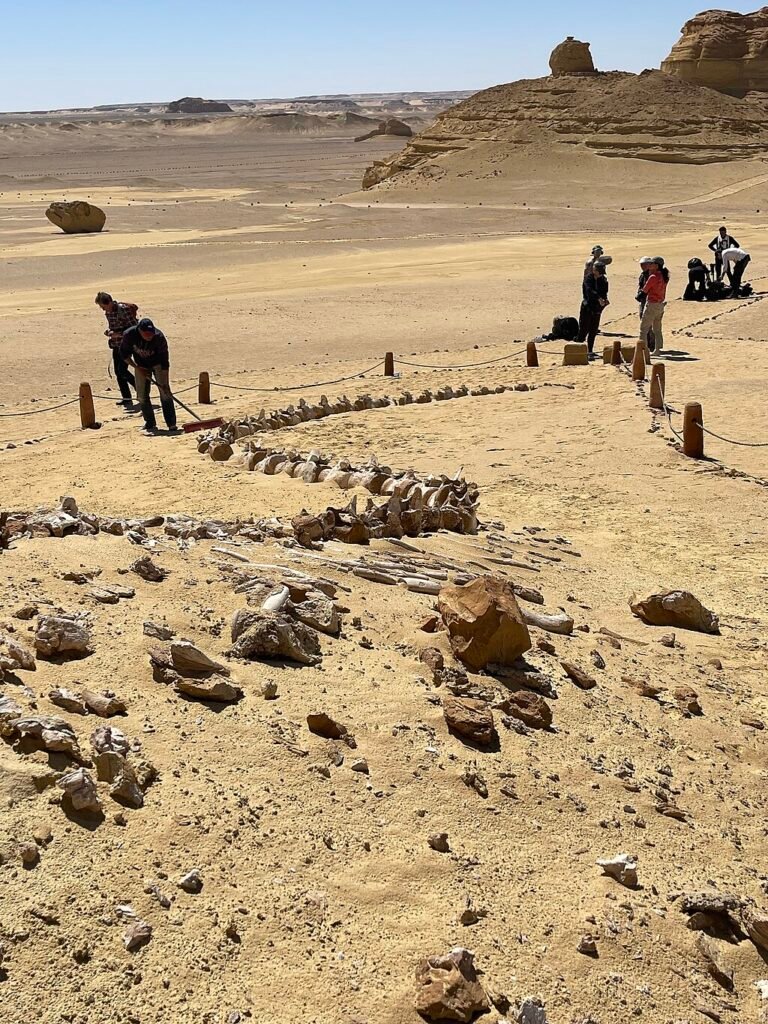
Discovering whale fossils in a desert may seem contradictory at first. Yet, during the Eocene, this area was part of the Tethys Ocean, teeming with marine life. Over millions of years, tectonic activity and changing climatic conditions transformed this ocean into the dry land we see today, burying remnants of the oceanic life that once thrived here beneath layers of sediment.
Discoveries at Wadi Al-Hitan

The site is renowned for its extraordinarily well-preserved fossil remains of archaeocetes, an extinct group of primitive whales that mark a critical transition in mammalian evolution—from land-dwelling to ocean-roaming creatures. These fossils provide significant insights into how modern whales evolved from their terrestrial ancestors.
Importance of Archaeocetes Fossils
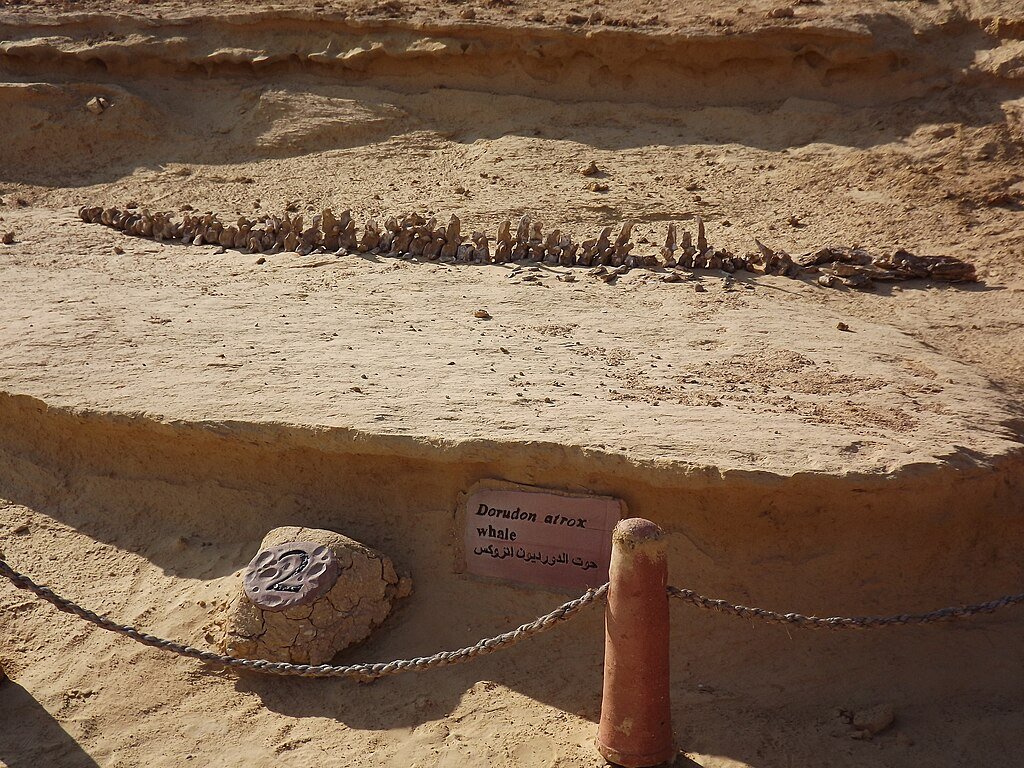
The fossils at Wadi Al-Hitan, particularly species such as Basilosaurus and Dorudon, represent a crucial evolutionary stage. Basilosaurus, with its elongated body and reduced hind limbs, suggests the adaptation phases from a quadrupedal, even-toed ancestor to an aquatic lifestyle. These fossils illustrate the gradual shift in morphology, such as streamlined bodies and modified limbs, essential for living in aquatic environments.
Significance of Fossil Preservation
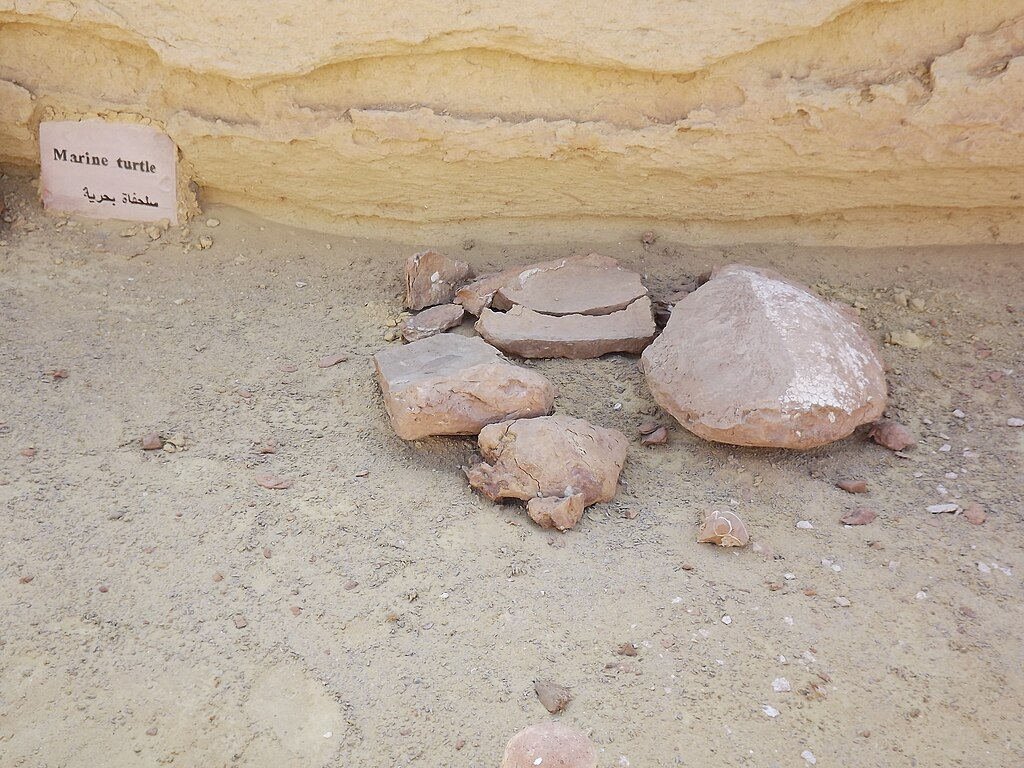
The exceptional preservation of these fossils allows scientists to conduct detailed analyses of skeletal structures that provide deeper understanding of the evolutionary process. Not only do the fossils capture the physical changes, but they also offer clues about the biology and ecology of these early whales, fostering a greater understanding of how ancient ecosystems functioned.
The Role of Tectonic and Erosional Processes
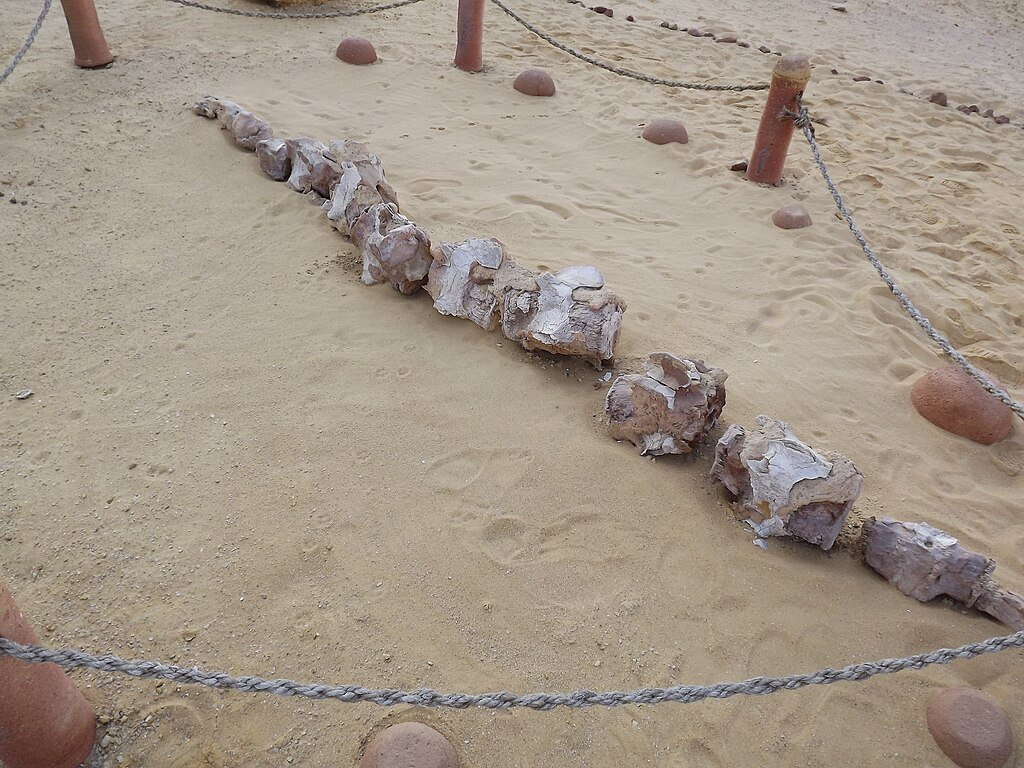
The unique exposure of these fossils is attributed to tectonic uplift and erosion, which have gradually uncovered these ancient remains. The Nile floodplain’s proximity and the prevalent wind erosion heavily influence the visibility and preservation of fossils, presenting an ever-evolving paleontological playground for researchers and visitors alike.
Scientific and Educational Impact

Wadi Al-Hitan serves as an open-air museum, attracting paleontologists, geologists, and tourists worldwide. The site provides vital data for scientific research, supplementing our knowledge about evolutionary biology, paleogeography, and ancient marine environments. Furthermore, its accessibility allows the public to engage directly with tangible pieces of natural history.
UNESCO World Heritage Status
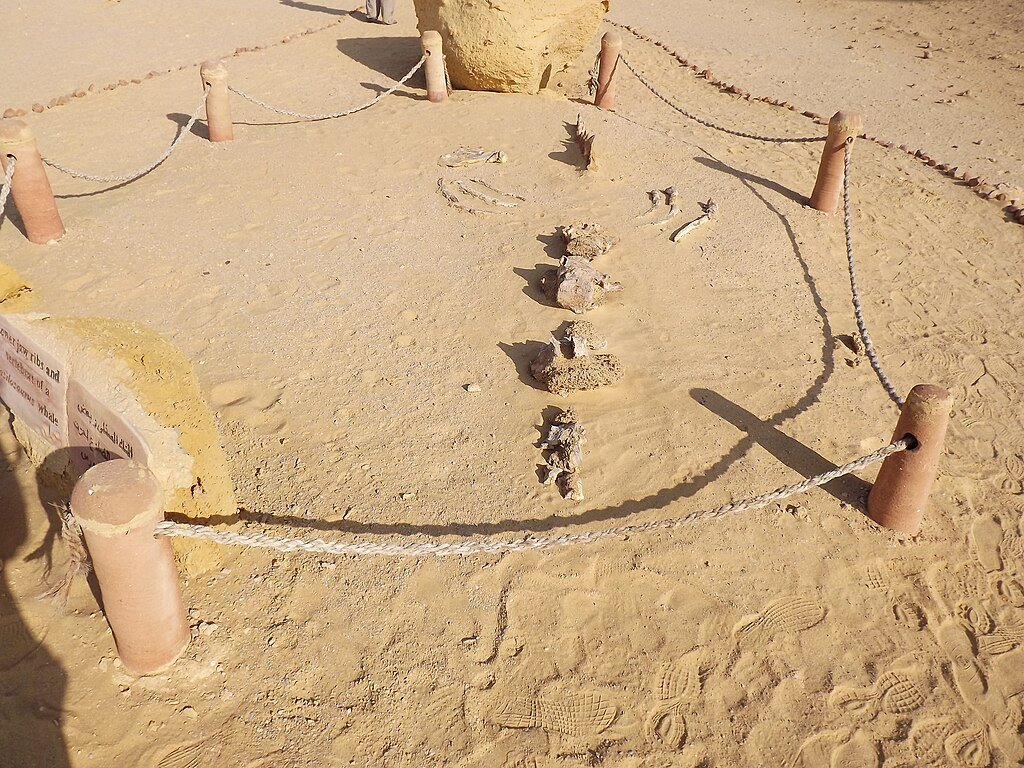
In recognition of its outstanding universal value, Wadi Al-Hitan was designated a UNESCO World Heritage Site in 2005. This status not only underscores its global significance but also ensures protective measures are put in place to preserve the invaluable fossil resources for future generations.
Conservation Efforts and Challenges

Efforts to conserve Wadi Al-Hitan focus on minimizing human impact, which includes controlling vehicular access, managing tourism, and conducting regular site assessments. However, challenges such as unauthorized fossil collecting and environmental degradation due to climate change remain ongoing threats that require continuous attention and international cooperation.
Conclusion
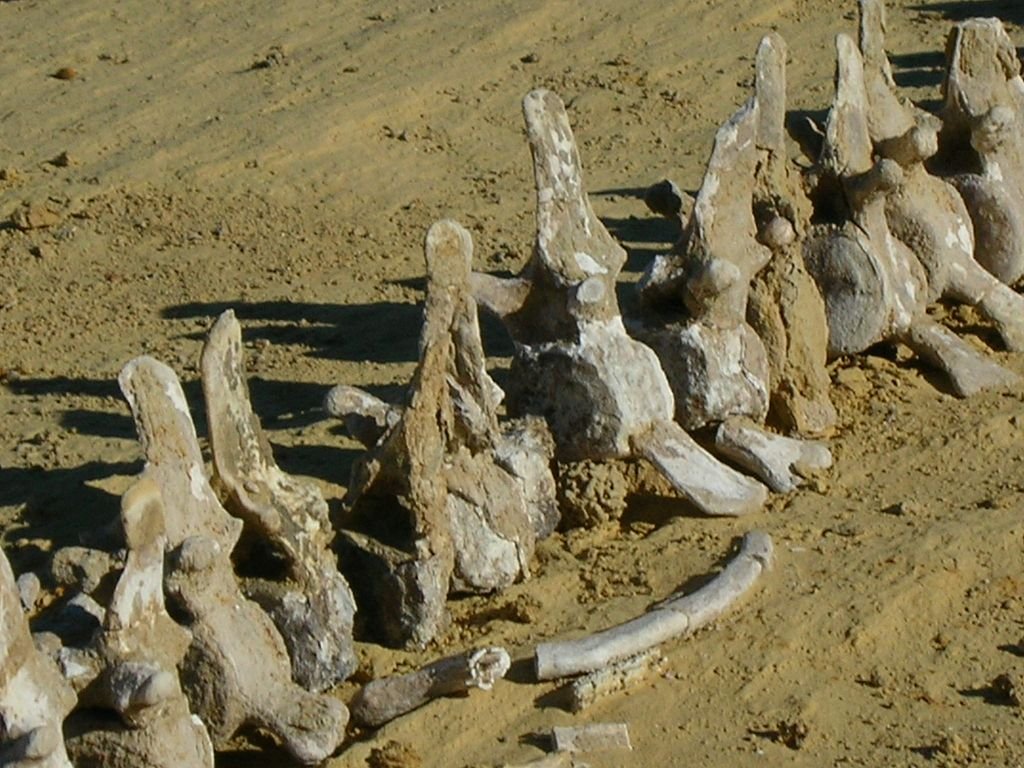
The Valley of the Whales offers a fascinating glimpse into a world that drastically contrasts with the present-day desert we see today. It stands as a testament to Earth’s dynamic history, where massive environmental shifts dictated the path of evolution. By preserving these valuable fossil records, Wadi Al-Hitan not only illuminates the story of whales but also serves as a profound reminder of our planet’s ever-changing nature and the intricate tapestry of life it sustains.


